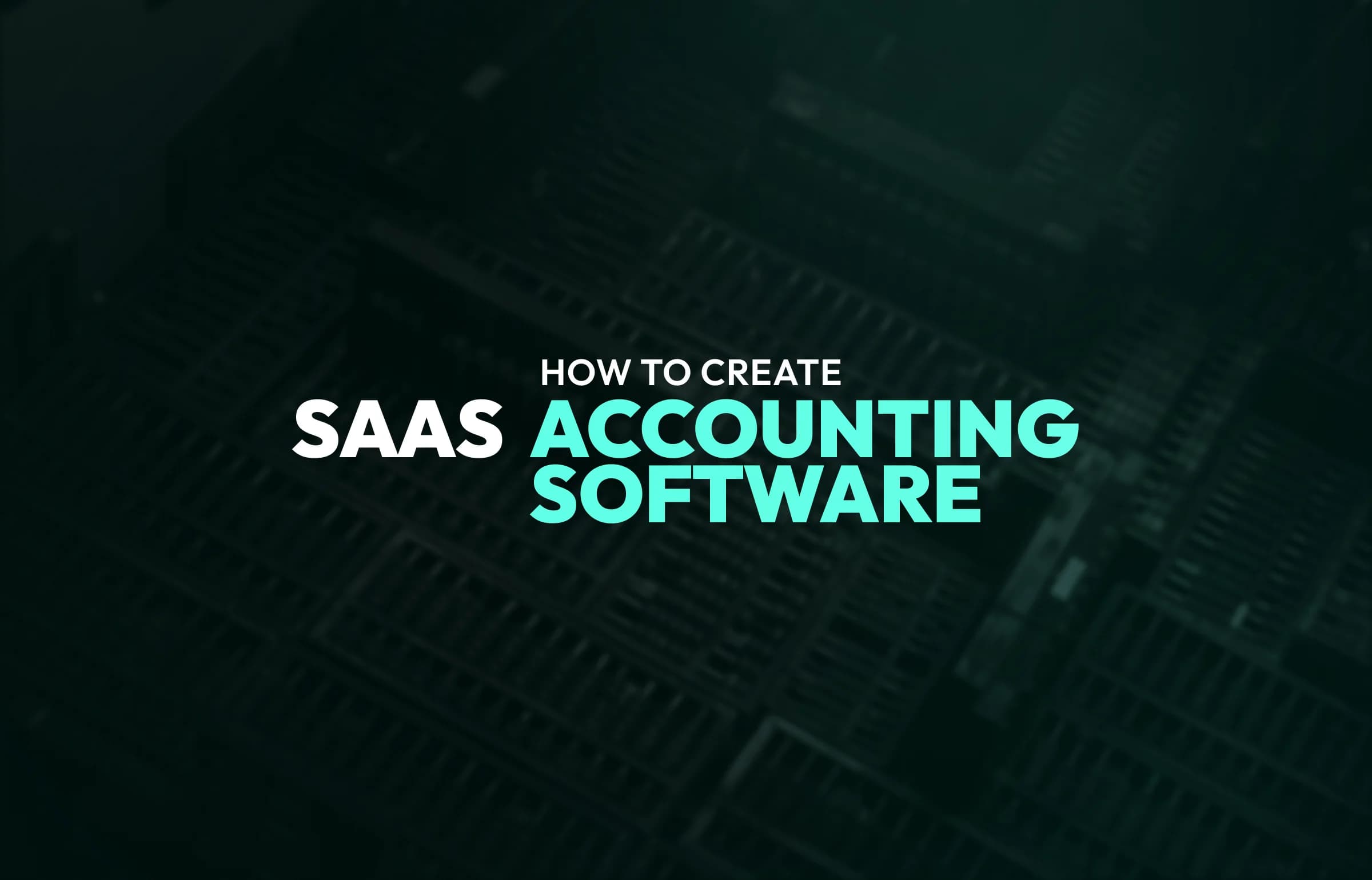
All SAAS DEVELOPMENT CYCLE
Updated:April 28, 20256 min read
As a user, subscription entices you into buying a plan more effectively than the purchase a full application on-premise
What is a Cloud-Based SaaS Application?
There are three categories of cloud computing – SaaS (Software as a product), PaaS (Platform as a Service), and IaaS (Infrastructure as a Service). With IaaS, Provider manages most features from Data Centers to Servers and Virtualization. Customers get to monitor operating systems, databases, security, and apps. PaaS customers control only apps and everything else is side-managed. With SaaS Provider manages everything.
SaaS is a business model of distribution when an app is hosted on the cloud and the customer uses it on the web after agreeing to a certain subscription plan. It differs from on-premise apps in the nature of software delivery and maintenance. You don’t sell your product once and for always—users pay monthly or yearly fees according to their plan and then use it. They don’t have to set up the app on their computers – it is hosted on the cloud. You won’t have to distribute each version separately as the updates will be implemented to the cloud and each customer using your software will use the latest version of it right after you implement it. The subscription model is the main differentiating feature of SaaS. The specific sum of money, which is usually significantly lower than in the on-premise apps, is being charged monthly, quarterly, yearly, or per user.
The benefits of the building doing SaaS:
- It’s cost-effective. No need to invest in hardware, long and complicated development;
- Cloud-based web apps are accessible from everywhere;
- Apps can be used across multiple devices;
- It provides regular revenue;
- Lower costs for users entice them going for SaaS instead of On-premise;
- Regular and instant updates;
- The availability of trial or free plans;
- No configuration and ease of use for customers.
When you buy an on-premise software, which is usually costly, you evaluate if you really need it and whether you can go on without it. SaaS helps to get rid of doubts because you can just subscribe for a month and then choose to continue the collaboration of not. If the app is too complicated for your purposes or, vice versa, is not enough, it’s easy to switch to another. As a user, it entices you into purchasing a plan more effectively than buying a full application on-premise. Thus, with each year the popularity of SaaS solutions grows because of its convenience, low resource cost, and larger scale of delivery.
SaaS Application development life cycle
Like any type of development, SaaS has its life cycle to structure the process, avoid inconsistencies, and make the implementation smooth. There are 6 stages: Envisioning, Platform evaluation, Planning, Subscribing, Developing, and Operations. The duration of each stage depends on the complexity and size of your project as well as the type of your SaaS. Usually, it is targeted at enterprises that have a wide range of needs. Thus, the app must satisfy all of them, and the development will take longer. With single-user apps, you spend less time. SaaS development life cycle is iterating, meaning that after the last stage is completed, the process starts all over again. Why? Updates, my friend, your users always require improvements.
1) Envisioning. During this stage, you need to identify business opportunities, find ways to upsell existing customers and expand the client base. Here, it’s time to build a strategy of development and create business plans. To make the best out of it, analyze your target audience, market opportunities, competitors, and their prices. Then decide — what is the value of your product? Here you need to come up with several cloud service options. During this stage, you consult with all actors of development — investors, devs, managers, PR assistants, sales managers, etc. to create a whole picture of where to go. This is your start–if you avoid this stage or ignore some of its aspects, your SaaS marathon of success may end halfway.
2) Evaluation. Here, the focus of the cloud provider selection as it’s the main success factor for SaaS business. Also, later it is difficult to migrate to another cloud. Decide on technical architecture and a set of functions. Form the requirements and evaluate the performance of the cloud platforms under consideration. Decide upon the security and data privacy solutions. Outline the payment solution, and only then choose a cloud service that fits the needs of your business and your vision best.
3) Planning. This stage depends on the type and complexity of your product and the size of your service. Focus on the long-term advantages and don’t cut the time spent planning. The more specifically you outline your aim to your team, the better product they will be able to produce. Here you will need to outline requirements into specific tech plans, create a project scheme with time management, maps, and script plans. Then implement a communication and management tool to enhance your team’s cooperation. We’re ready to begin the development itself, only there’s one thing left…
4) Subscribing to your cloud provider. Here you make final decisions about the collaboration condition and the pricing. Then you read the documentation, talk about the condition terms, and afterward sign an agreement. Now, it’s time to create magic.
5) Developing. Here’s how the magic goes — develop, deploy, test. To make the process even smoother, create an enticing environment for your team. Here your devs must implement the required architecture of your app and provide necessary security standards. After it is compiled it is ready for operations.
6) Operational aspect. Here you gather information from your early customers and monitor the performance. After all the metrics and reviews are there with you, decide on what you need to optimize the product and improve your users’ experience. We begin again and go right to the first stage – envisioning.
CHALLENGES
- Less control – you will have to rely on 3rd party vendors to create an application and make it all work. Thus, consider revising your service level agreement;
- Service and security issues that may occur on the side of your cloud vendor. That means data leaks and your product’s slow distribution. That’s why the choice of the cloud vendor is the most important part of development;
- Adopting a cloud provider is difficult because there are a lot of them and the most popular may be costly in the beginning;
- Lack of recognition in the beginning. Even the best products need a little bit of marketing in the beginning;
- Regulations compliance. Your product must satisfy the industry standards (SWIFT, HIPAA, PCI DSS) and data protection standards (DGPR AND NIST) to enlarge your audience and enter the market successfully. These regulations prove that your SaaS product is of high quality in terms of architecture and security.
COMMON FEATURES YOU NEED
- Multi-tenancy – the structure of your app fits the needs of large-scale business and allows many tenants to use one account. For example, in CRM the whole team needs access to one system with the clients’ database.
- Scalability – to monitor the performance of your app in terms of the number of subscriptions, the most common features used, the time spent using SaaS.
- Customization – to provide your regular clients with special offers and features that would help them to improve their business performance.
- Support – 24/7 customer support in case your customers encounter problems.
- Reachability and discoverability. It should satisfy users’ complex needs but be easy to set up and use;
- Intuitive navigation and design.
Cloud-based SaaS application development tips
1) Choose the tools and programming language for your SaaS development not according to which is the most popular, but understanding, which will suit your business specifications best. Also, if you create an in-house team, there is sense to choose the one your team will be the most familiar with. The choice is huge: PHP, Python, Node.js for server-side development; JavaScript, Angular.js for client-side development, and Mongo DB, My SQL for database management.
2) The team’s size must be proportional to your business scale. However, it doesn’t mean it should be huge. For a small project, you will need 5-6 people; for a larger one–10-15 (excluding the customer support assistants). It’s hard to control and manage big teams, especially if you are new to the SaaS platform development.
3) Start with an MVP first and analyze the review from your early users. This way, you will avoid the waste of money on redundant features.
4) Try different types of monetization to find the best option for your business. For some categories, it is better to implement per/user payment; for some — yearly and quarterly. Others will necessarily need a trial period.
5) Do not underestimate marketing. There is great competition today, and not only in the SaaS business but everywhere. Chances are that you already have a minimum of 2-3 competitors with a familiar product. However, users will choose you if they find you faster on google or get a good recommendation.



